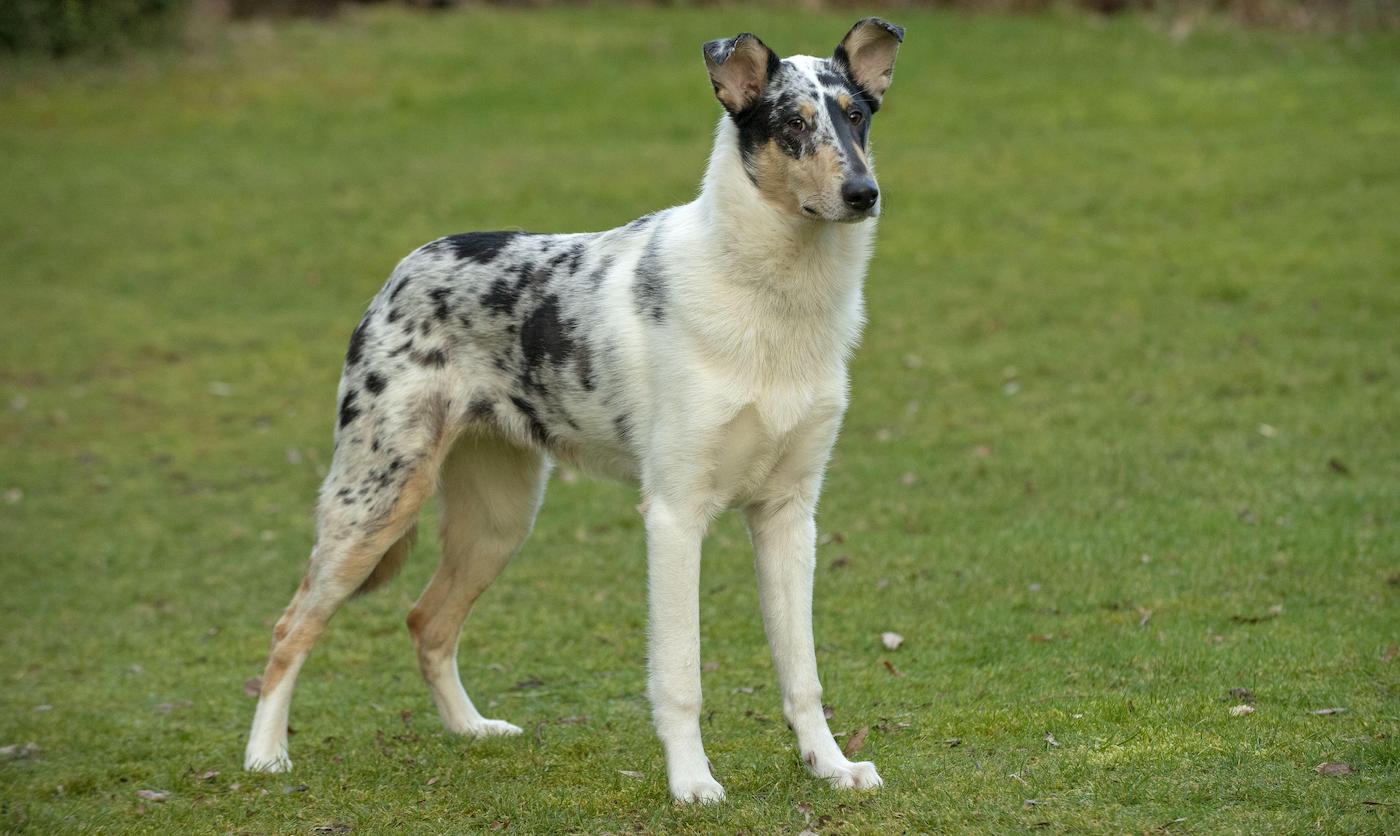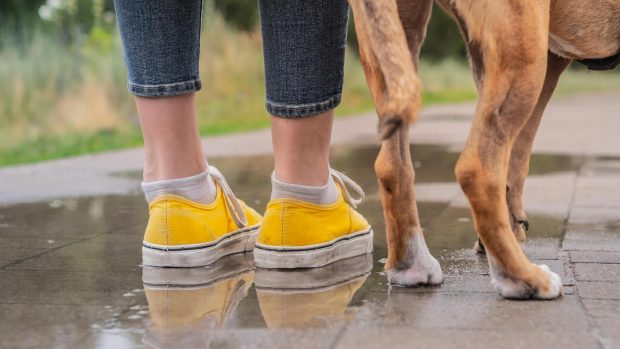Sadly, over the years, many endangered dog breeds have now become extinct. Dogs were bred originally not only as companions but they usually had a job to do too. Many of those jobs are now redundant – protecting against wolves, or badger and otter-hunting, for example. When their work dies out, so does the breed required to do it – and this is the same with other rare dog breeds across the world. Among those breeds now consigned to the history books are the Blue Paul Terrier, a fighting dog, and the Tweed Water Spaniel, which has given rise to other more popular gundog breeds and been usurped by them.
While dogs are still the nation’s favourite pet, with 31% of British households owning at least one pooch, some dog breeds are far more popular than others. The top 10 breeds in the UK account for 60% of puppy registrations each year. Out of Britain and Ireland’s 200-plus canine breeds, there are dozens deemed endangered. The Kennel Club recognises any breed with fewer than 300 registrations a year as vulnerable, and those with between 300 and 450 “at watch”. These are all being monitored.
There are 35 breeds currently listed in the vulnerable category, and a further 11 on the “at watch” list. However, of the 35, both the foxhound and greyhound are accepted to have skewed registration statistics with the Kennel Club as they are on an alternate specialist register.
List of vulnerable dog breeds in the UK
- bearded collie
- bloodhound
- bull terrier (miniature)
- Clumber spaniel
- collie (smooth)
- Dandie Dinmont Terrier
- deerhound
- English Setter
- English Toy Terrier
- field spaniel
- foxhound
- fox terrier (smooth)
- Glen Of Imaal Terrier
- Gordon Setter
- greyhound
- harrier
- Irish Red & White Setter
- Irish Terrier
- Irish Water Spaniel
- Irish Wolfhound
- Kerry Blue Terrier
- King Charles Spaniel
- Lakeland Terrier
- Lancashire Heeler
- Manchester Terrier
- Mastiff
- Norwich Terrier
- Otterhound
- retriever (curly-coated)
- Sealyham Terrier
- Skye Terrier
- Soft-coated wheaten terrier
- Sussex Spaniel
- Welsh Springer Spaniel
- Welsh Corgi (Cardigan)
Most endangered dog breeds in the UK
Let’s take a look at five of the most endangered breeds, those with the fewest puppy registrations in 2023. We have excluded the foxhound, greyhound and harrier (only recognised as a Kennel Club breed in 2020), which both have exceptionally low numbers with the Kennel Club due to their specialist registers.
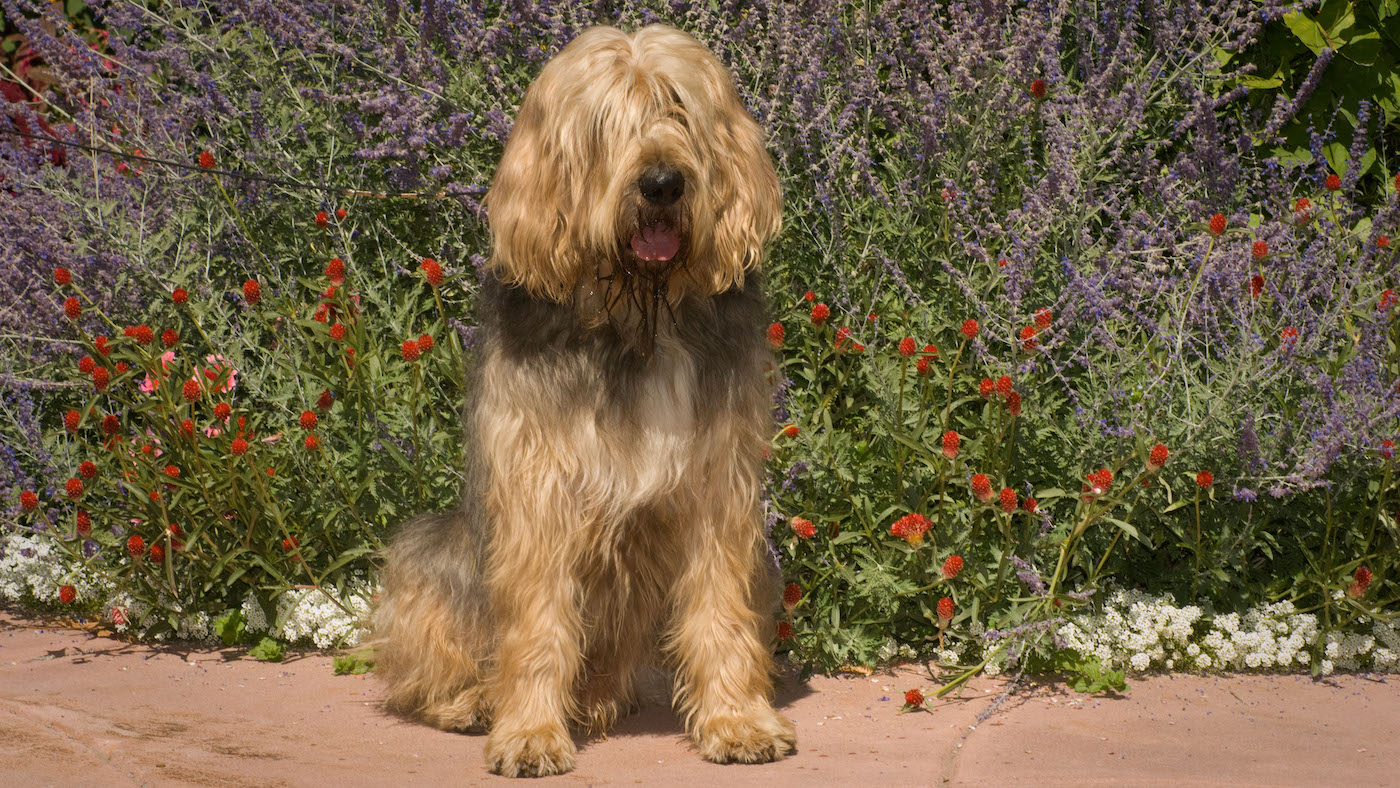
Otterhound
The most at-risk breed, with just 18 puppies registered in 2023. Since otter hunting was banned in 1978, and the packs were dispersed or destroyed, numbers have dwindled. However, Otterhound enthusiasts have kept the breed alive. Ironically, these dogs were so skilled at hunting otter that the sport was outlawed to protect that species from extinction, with the effect of decimating the breed.
These expert swimmers are big, bouncy and affectionate, with shaggy coats, bottomless stamina and a superb nose.
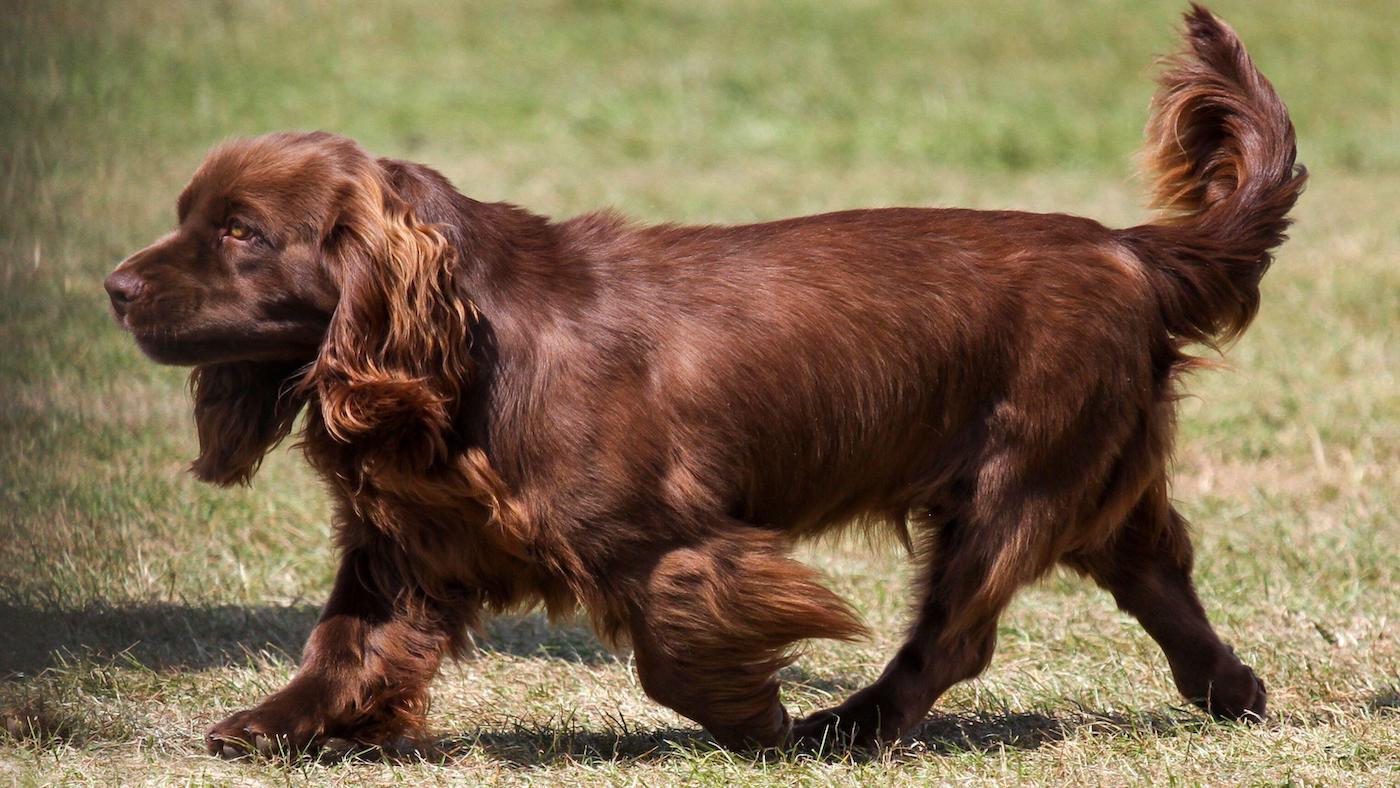
Sussex Spaniel
While other land spaniels such as the English springer and cocker spaniel pop up in the top 10 breeds, others seem to be largely forgotten with just 27 puppy registrations in 2023. The feathery, golden liver-coated Sussex is the rarest of all land spaniels. A unique feature is that he is the only spaniel to bark while working – possibly to enable his handler to keep tabs on him.
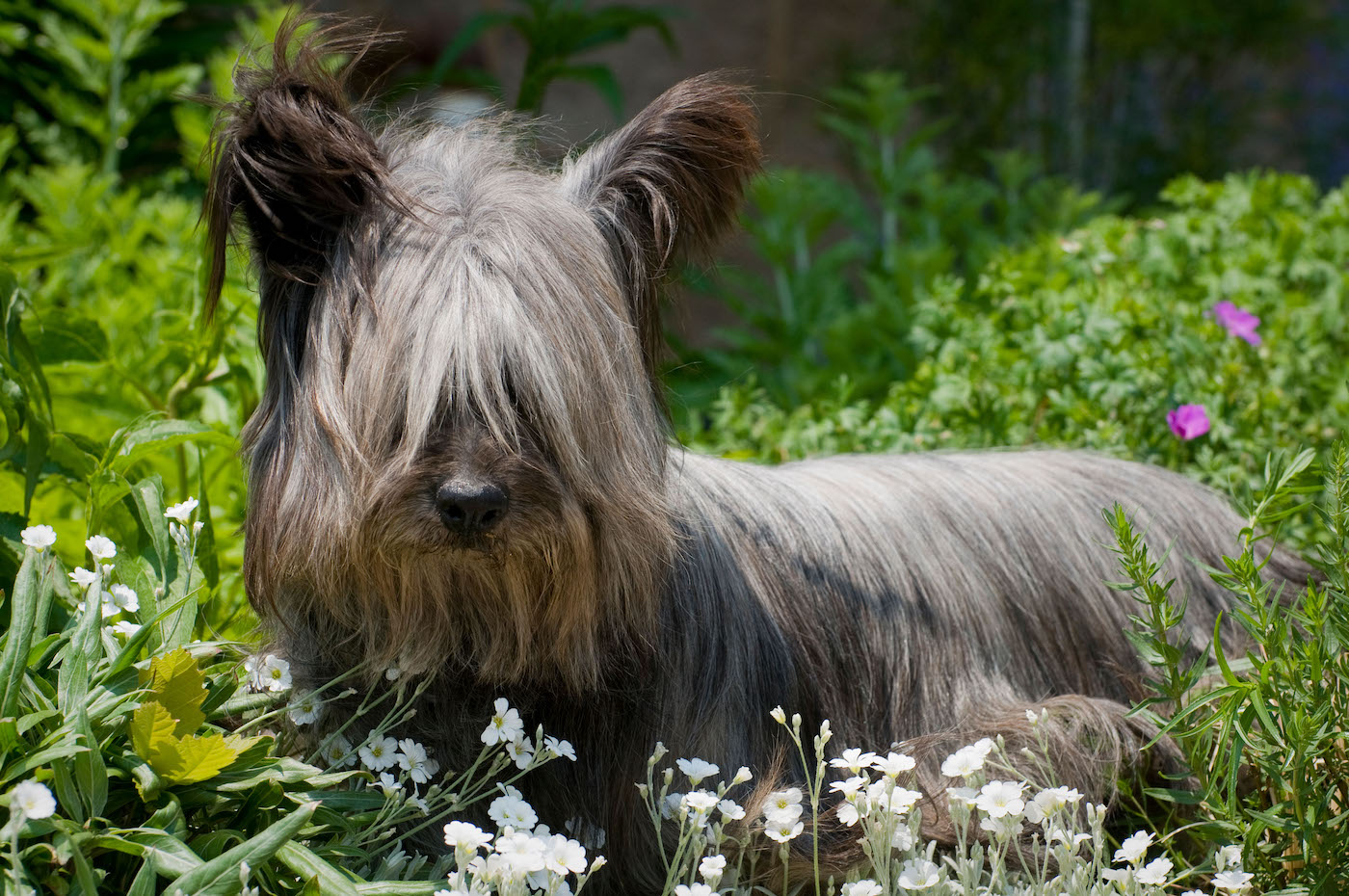
Skye Terrier
Originally used to hunt fox and badger, this is a plucky, fearless little dog. These distinctive-looking terriers, with their long, flat coats, peekaboo fringe and feathery ears, also make the most devoted companions. Hailing from the Hebrides, the Skye Terrier plays a part in the ancestry of all the Scottish Terrier breeds, yet despite his progenitor role, there were only 36 puppy registrations in 2023.

King Charles Spaniel
While the Cavalier King Charles is in the top 20 of popular dogs, its smaller cousin languishes in the vulnerable category, with 36 registrations in 2023. Many people get these two distinct breeds confused – they share the same coat colours and a common history in the miniaturisation of sporting spaniels, but have been separate breeds since 1945. A few of the more obvious distinguishing features of the King Charles include its distinctive domed head, shorter muzzle and smaller size (8–14lb compared to 12–18lb).
Collie (smooth)
We’re probably more familiar with the full-coated rough Collie thanks to its starring role in several Hollywood films. The smooth Collie has never been quite as popular as the rough version – although the latter is now also on the “at watch” list. Until 1994 these lithe herding dogs could be bred together, however, meaning you could get both rough and smooth in the same litter, but they are now two distinct breeds. Like any Collie, this breed is swift, athletic and one of the most incomparably intelligent dog breeds. And while the rough has rugged charm, the smooth is elegant, beautiful and has all the attributes of its more popular cousin.
You may also enjoy reading…

From Inca Orchids to Dandie Dinmonts, how well do you know the world’s rarest dog breeds?

Does your pooch make the cut? The 15 most popular dogs in the UK – and some may surprise you

Who’s a clever dog? The 7 smartest dog breeds in the world

10 British dog breeds everyone should own (at least one at some point in life)

Subscribe to Horse & Hound magazine today – and enjoy unlimited website access all year round
Horse & Hound magazine, out every Thursday, is packed with all the latest news and reports, as well as interviews, specials, nostalgia, vet and training advice. Find how you can enjoy the magazine delivered to your door every week, plus options to upgrade your subscription to access our online service that brings you breaking news and reports as well as other benefits.


